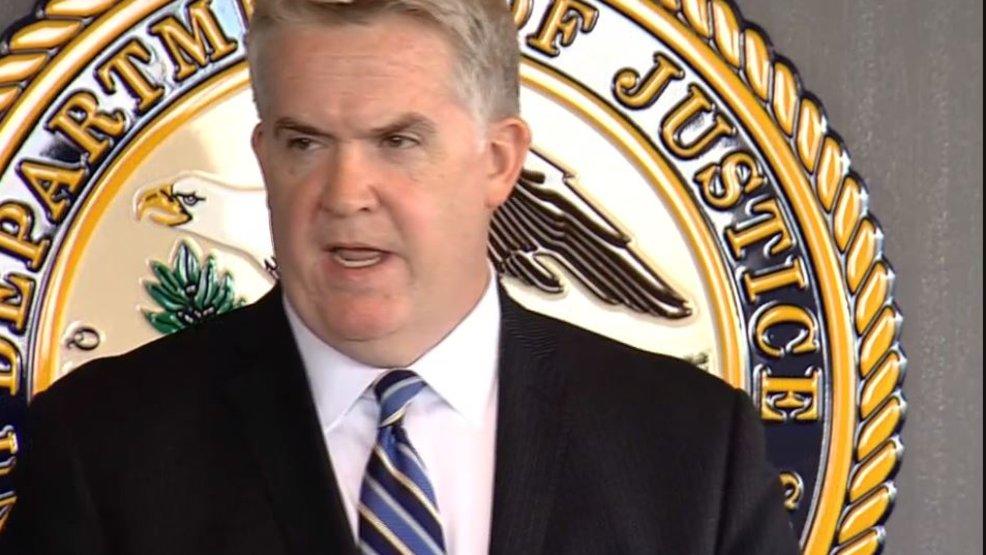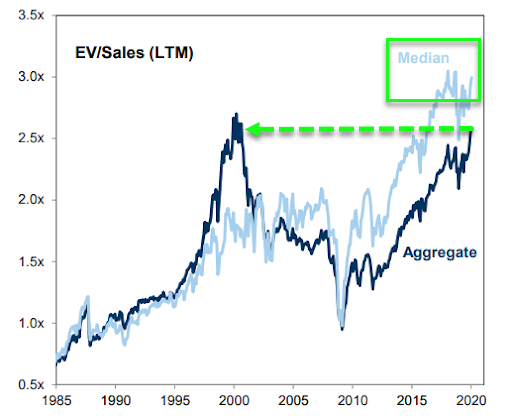A judge has ruled that truck drivers in California are not subject to Assembly Bill 5 (AB 5), a new gig economy law that seeks to reclassify many contractors as employees.
The regulations, which went into effect January 1 of this year, were drafted in response to Dynamex Operations West, Inc. v. Superior Court of Los Angeles. Filed by Los Angeles City Attorney Mike Feuer, the landmark court case established a three-pronged “ABC test” to determine if an individual is properly labeled as an employee versus a contractor: a contractor must control their workload, not perform work within the business’s primary scope of operations, and be “customarily engaged” in the occupation. Companies are trying their level best to circumvent that standard, which would unravel large portions of the gig economy.
Enter Judge William Highberger of the Los Angeles Superior Court. Highberger did not find that truckers specifically pass the ABC test, but that the test itself “clearly run[s] afoul” of federal law. He cites the 1994 Federal Aviation Administration Authorization Act, which stipulates that the “use of non-employee independent contractors (commonly known in the trucking industry as ‘owner-operators’) should apply in all 50 states to increase competition and reduce the cost of trucking services.”
Feuer plans to appeal the decision, according to The Los Angeles Times.
Businesses in other industries, though, must still deal with blowback from the law, which has caused issues across the state. Uber and Lyft have a pending lawsuit against the legislation, arguing that their contractors pass the ABC test. Freelance workers—from journalists to translators and digital content creators to transcribers—find themselves especially hamstrung by the new regulations, which prohibit any person from submitting more than 35 assignments in a year to the same company or publication if the outfit does not hire them on as an employee.
Although the law is in its early stages, companies have already decided not to hire freelancers but to instead end their contracts. Vox Media, for example, which hosts the site SB Nation, laid off 200 California freelancers at the start of the year, telling them that the working relationship would become financially untenable. The company will replace those contractors with 20 part-time and full-time positions. Several other companies, such as Rev and Scripted, have also severed ties with their California freelancers and will instead opt to work with contractors who live outside the state.
“These were never good jobs,” Assemblywoman and AB 5 author Lorena Gonzalez (D–San Diego) said earlier this month. “No one has ever suggested that, even freelancers.”
Freelance workers seem to disagree, however. Alisha Grauso, an entertainment journalist who identifies as a progressive, told Reason that the bill hurts the vulnerable groups it wants to help.
“The reality is it still falls primarily on women to be the caretakers and caregivers of their families, and freelancing allows women to be stay-at-home mothers or to care for an aging parent,” Grauso notes. “Being made employees kills their flexibility and ability to be home when needed. I cannot stress enough how anti-women this bill is.”
from Latest – Reason.com https://ift.tt/308341I
via IFTTT
















